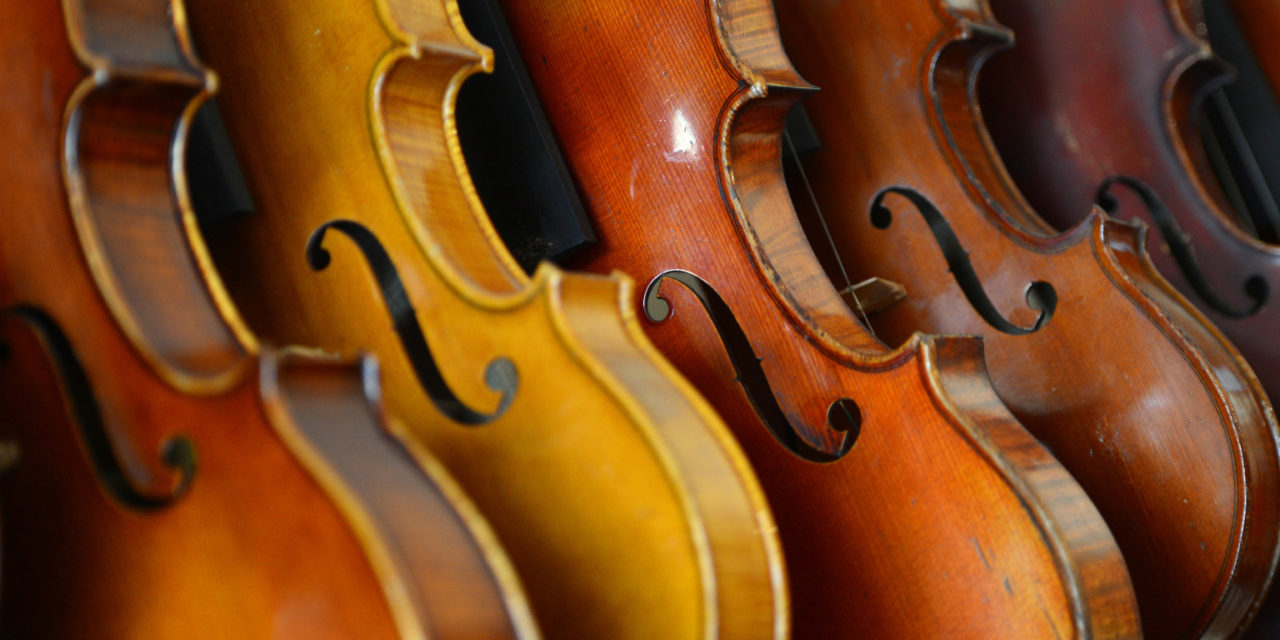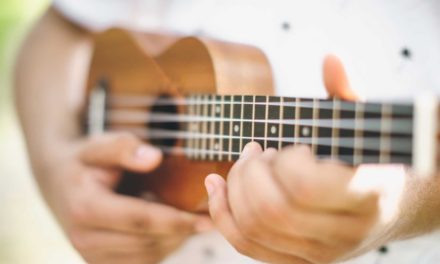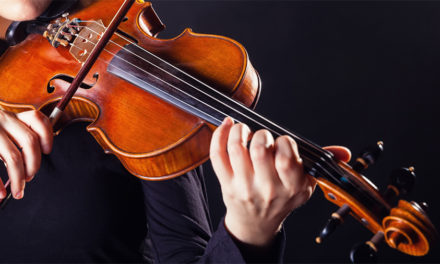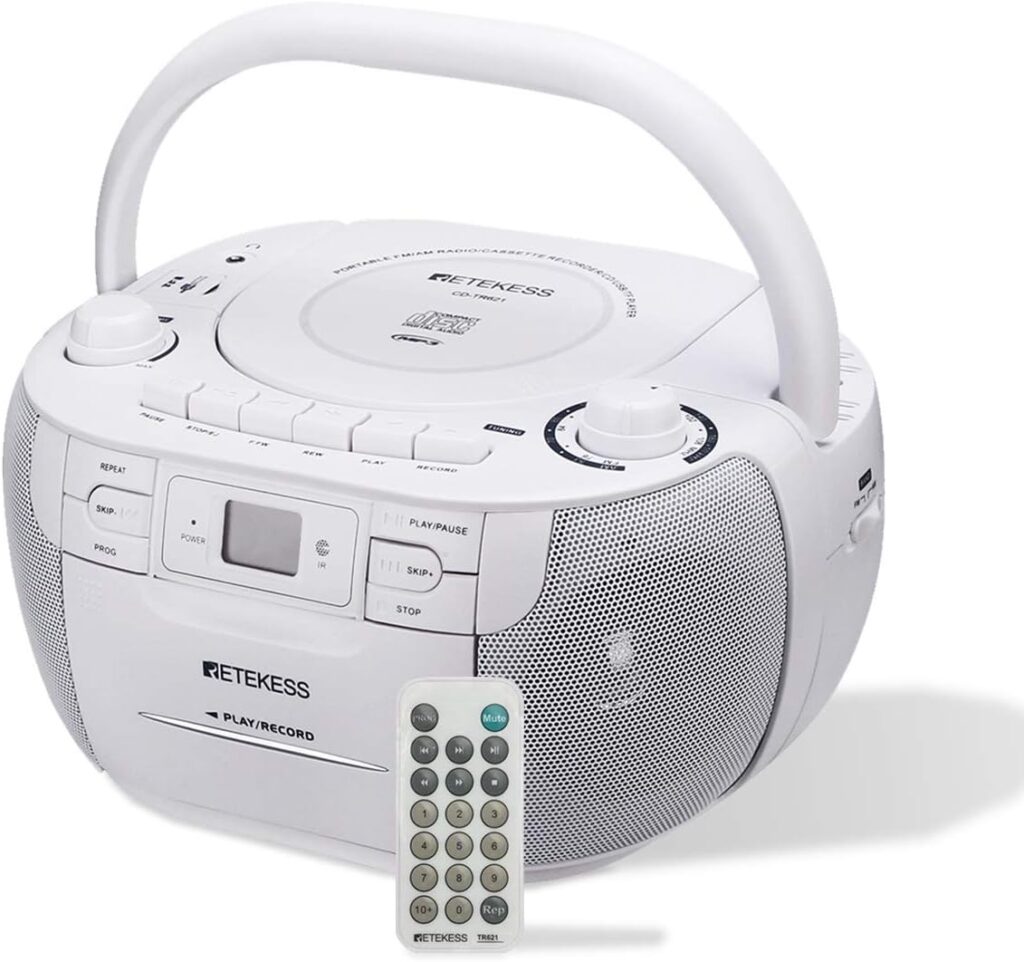The viola is often seen as the awkward child of the string family (and the butt of everyone’s jokes), seemingly always overshadowed by the feistier “younger” sibling violin or its more authoritative-sounding older sibling, the cello. But composers throughout the history of music have written some of their most beautiful work for this unsung hero of the orchestra. Here are 10 examples of great classical music for viola, in no particular order.
1. Hindemith Viola Sonata No. 2
No-one who has ever heard the virtuosic tour de force that is Hindemith’s Second Viola Sonata would ever dare to let a dismissive viola joke pass through their lips ever again. Composed in 1922, it consists of five movements set out in a roughly symmetrical pattern, with the dark and sinuous Sehr langsam at its very heart. It is either side of that third movement that the player really lets fly, however, in the short but fast-and-furious Sehr frisch und straff and Rasendes Zeitmass: Wild: Tonschönheit ist Nebensache movements. There is no piano to share this thrilling ride – the work is for viola alone.
2. Vivaldi on viola d’amore
Vivaldi’s works for the viola d’amore are some of the first known concertos for this instrument. A viola d’amore, which actually translates to ”love viol”, generally is a six or seven-stringed instrument with several sympathetic strings. These instruments were used predominately in the Baroque Period, approximately from 1600 to 1750, following the Renaissance music era and before the Classical era. The viola d’amore has an exceptionally sweet and warm sound. Vivaldi’s affiliation with this instrument seems to have been a lifelong interest.
3. Telemann Viola Concerto in G major
Of Georg Philipp Telemann’s surviving concertos, his Viola Concerto in G major, TWV 51:G9 is among his most famous, and still regularly performed today. It is the first known concerto for viola and was written circa 1716–1721. The fast movements contain very few slurs, and many performers editions include slurring suggestions, often indistinguishable from markings contained in the original. The performer is encouraged to invent a varied pattern of slurs which fits the shape of each phrase.
4. Schumann Märchenbilder, Op. 113
These four gorgeous ‘fairy-tale pictures’ for viola and piano date from 1851, near the end of Schumann’s life. He left no clues in the score as to which particular stories he had in mind, but each piece is a perfectly fashioned vignette. I particularly love the headlong rush of the third movement and the gorgeous Lullaby that draws the set to a gentle close.
5. Walton Viola Concerto
The Viola Concerto by William Walton was written in 1929 for the violist Lionel Tertis at the suggestion of the conductor Sir Thomas Beecham. That Walton’s is one of the great concertos written for the viola cannot be doubted, especially when you consider the number of violinists who have muscled in to take it into their repertoire. Yehudi Menuhin recorded it in 1968, under the composer’s baton, an account which set a trend for leisurely tempos in the Andante comodofirst movement. Nigel Kennedy (1987) and Maxim Vengerov (2002) followed, to which may now be added this splendid new account from James Ehnes with the BBC Symphony Orchestra under Edward Gardner.
6. Sonata Op. 5 No. 3
Johann Nepomuk Hummel completed what neither Mozart of Haydn had during the late classical and early romantic period by writing what is known as the best viola sonata of that time. Although Johann Nepomuk Hummel was considered one of the best and most important composers of this time, he was also termed the best piano virtuoso of his time, as well. Hummel was early recognized as a prodigy, not just on the piano alone, either, but on several instruments, including the viola. It was said that he was the greatest prodigy ever besides Mozart.
7. Mozart: Sinfonia Concertante
Mozart’s Sinfonia Concertante is a piece for violin, viola and orchestra in which the violin and viola have equal billing. The solo viola part is written in D major instead of E flat major, and the instrument tuned a semitone sharper (scordatura technique), to give a more brilliant tone. This technique is uncommon when performed on the modern viola and is used mostly in performance on original instruments.
8. Bartók: Viola Concerto
The Viola Concerto, Sz. 120, BB 128 (also known as Concerto for Viola and Orchestra) was one of the last pieces written by Béla Bartók and it quickly became a staple for viola players. Composed in the final weeks of his life, Bartók’s Viola Concerto was left in draft form. But though there is some uncertainty about the exact text, the piece is complete in its essentials and fully the equal of the great concertos he wrote for piano and violin. Overall, there are a significant amount of surface level discrepancies such as bowings, fingerings and dynamics. However, some editions contain more changes than editor markings; in the Peter Bartók revision there are measures that are added, completely missing or with note changes, which can cause several discrepancies in the performance of the piece.
9. Brahms viola sonata op. 120 no. 1 in F minor
Johannes Brahms was a German composer and pianist of the Romantic period. He is often grouped as one of the ”Three Bs” of music along with Bach and Beethoven due to his prestigious reputation and status. In addition, he was considered by his temporaries to be both a traditionalist and an innovator. Brahms composed many works, including symphony orchestras and chamber ensembles, as well as solos for piano, organ, voice, and chorus. He actually premiered many of his own works as a virtuoso pianist. Many of his works have become modern staples in the concert repertoire.
10. Wilhelm Friedemann Bach Viola Duets
Wilhelm Friedemann Bach was the eldest son and second born child of Johann Sebastian Bach and his wife. J.S. Bach supervised W.F. Bach’s musical education and career as well, but W.F. studied law and mathematics. His first job actually made use of these lifelong interests. He later held musical appointments and ended up teaching eventually. W.F. Bach is known to have occasionally taken credit for his father’s work, but it was common practice during that era for musicians. He ended up having numerous works to his credit.






